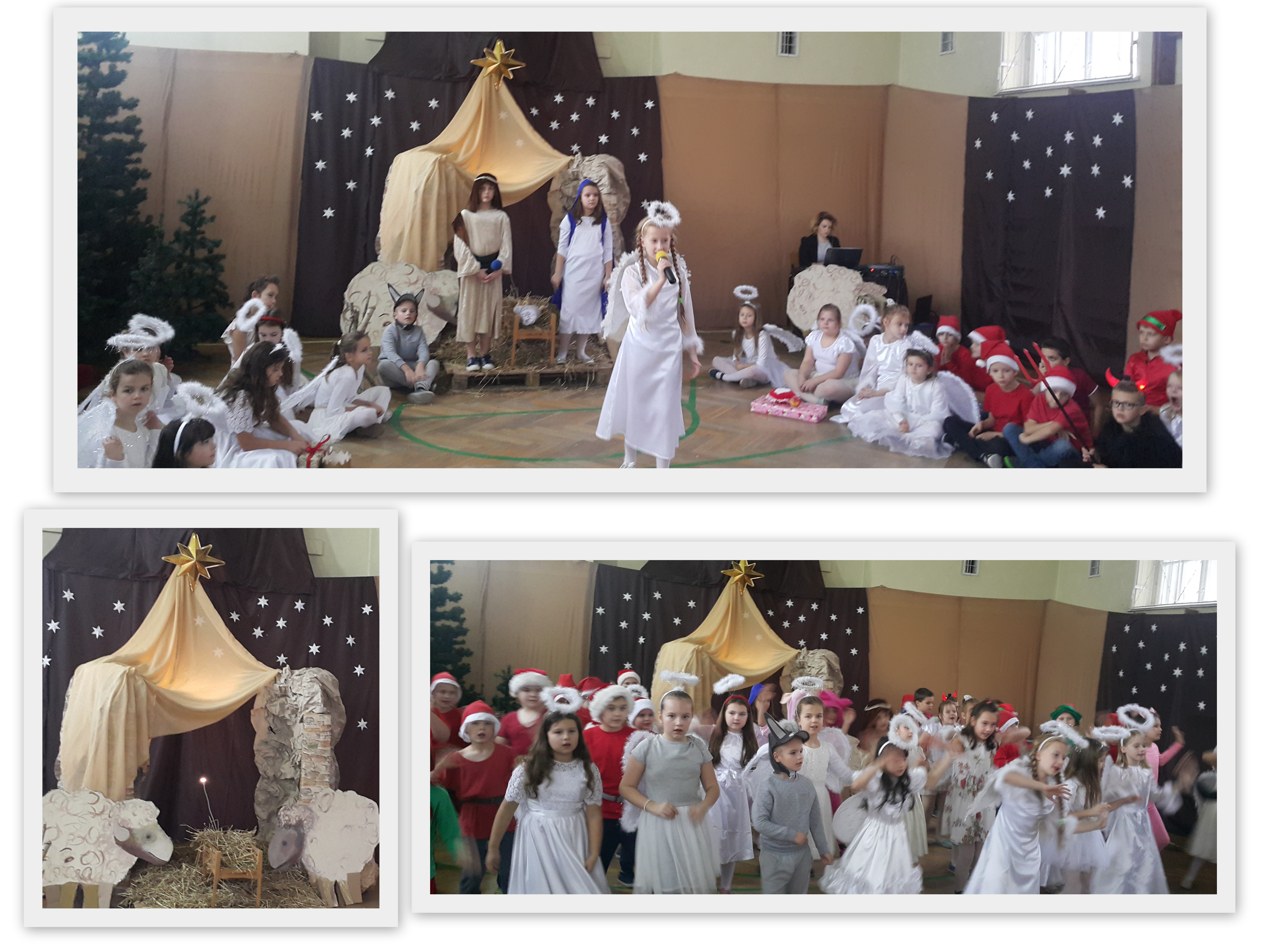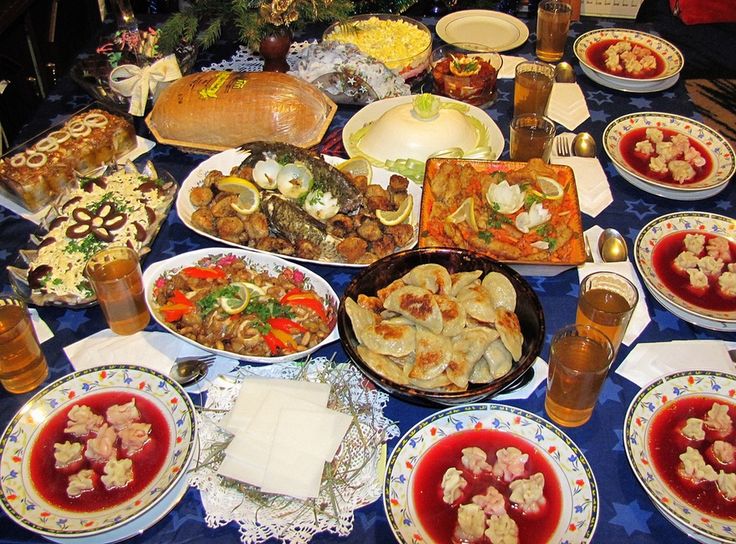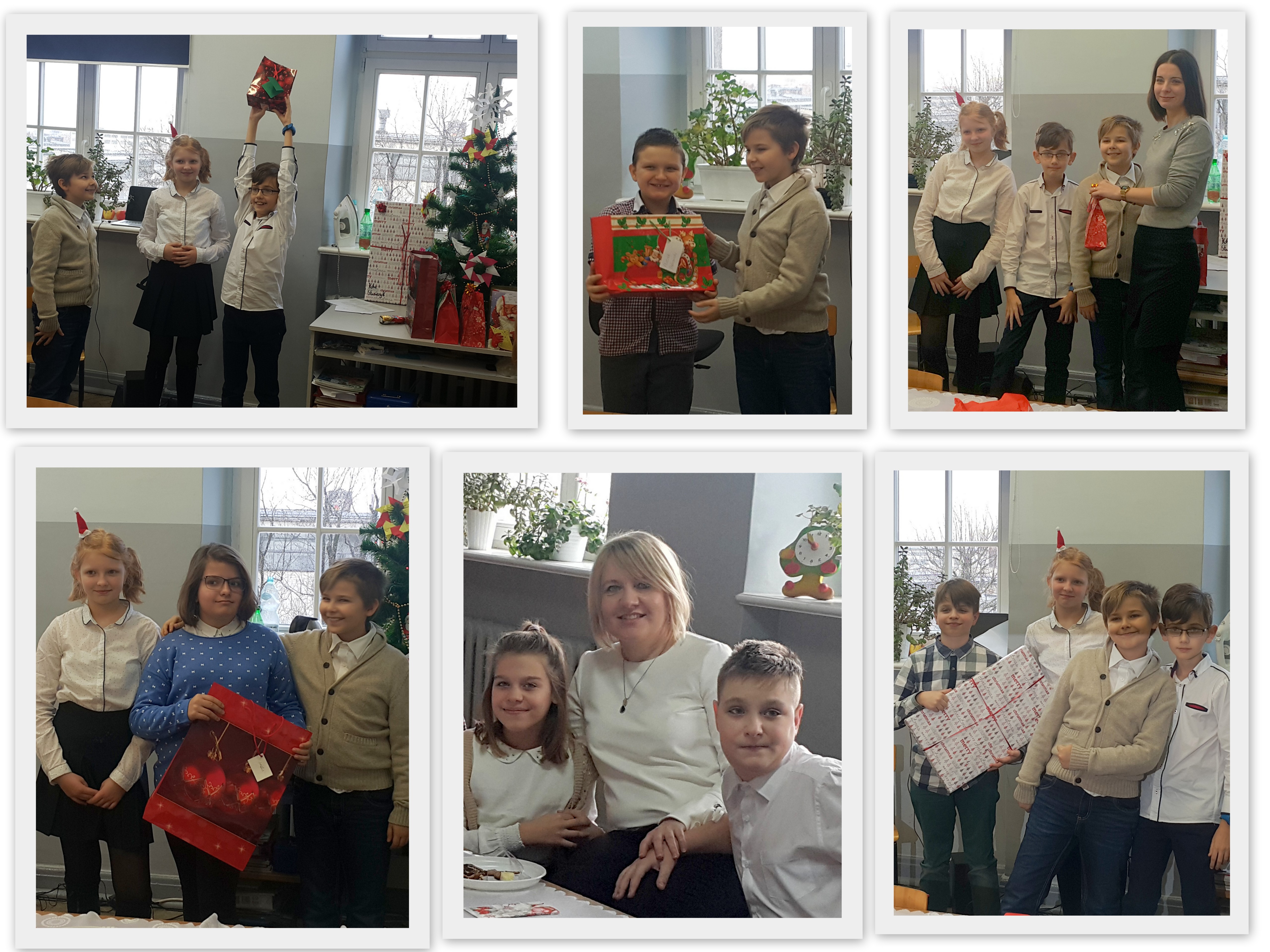New dreams, new hopes, new experiences and new joys!
Whishing you good health and prosperity in this year!

„The new year stands before us, like a chapter in a book, waiting to be written. We can help write that story by setting goals”. Melody Beattile





